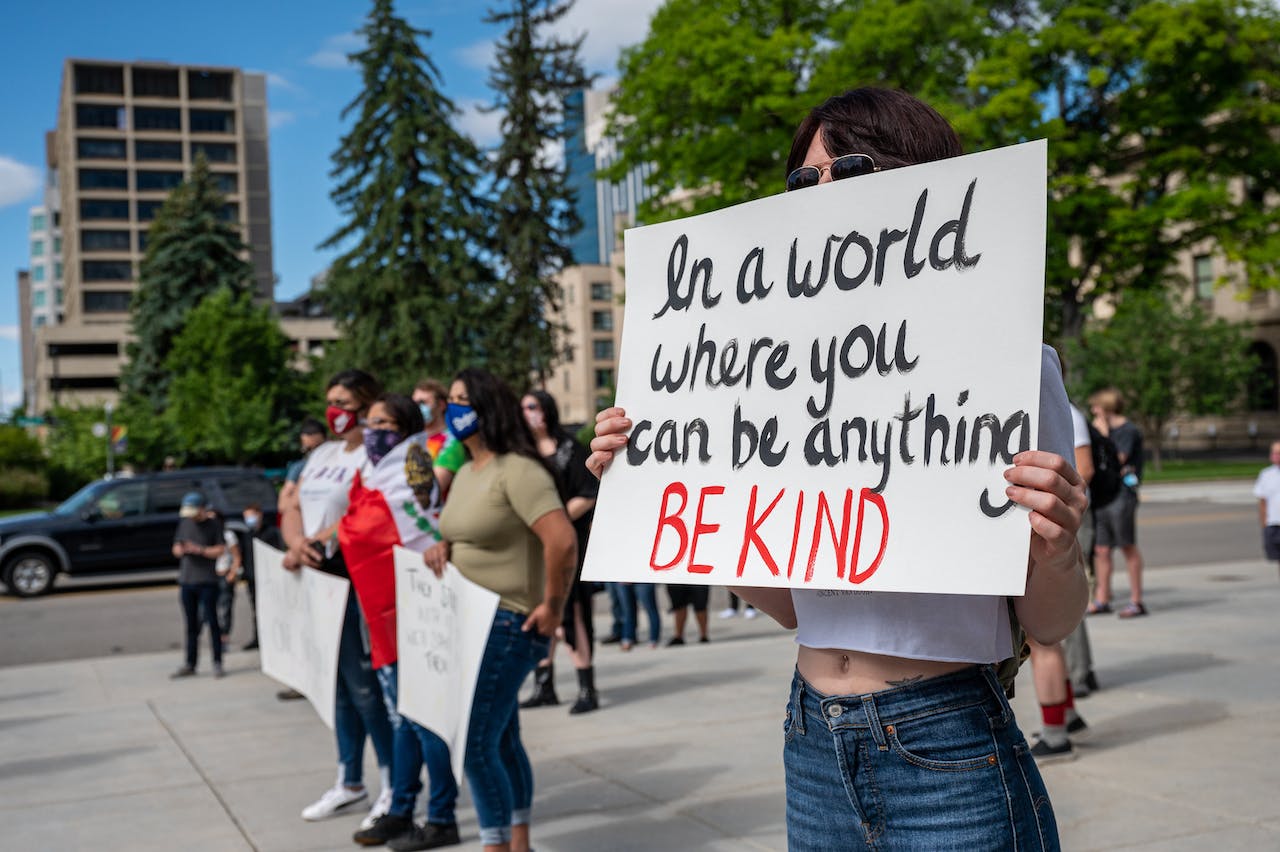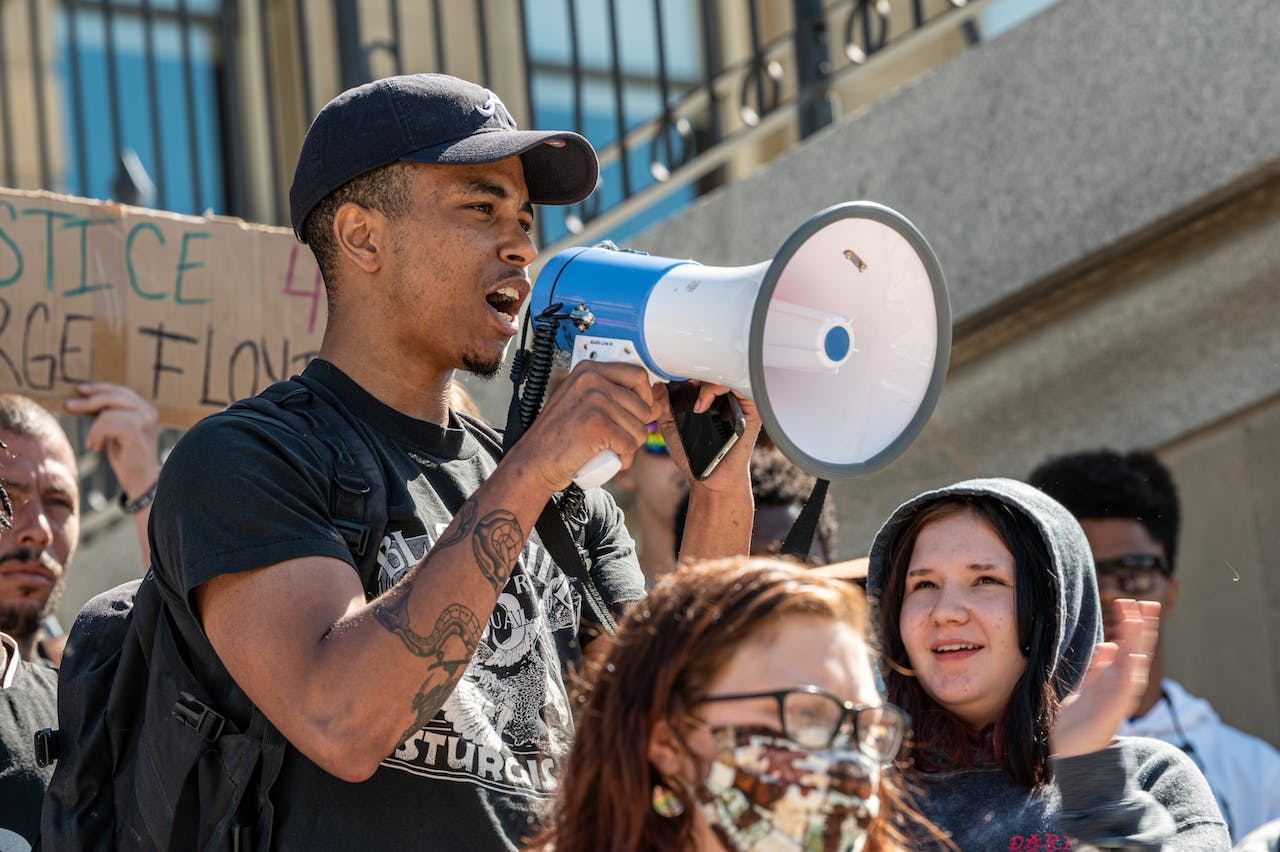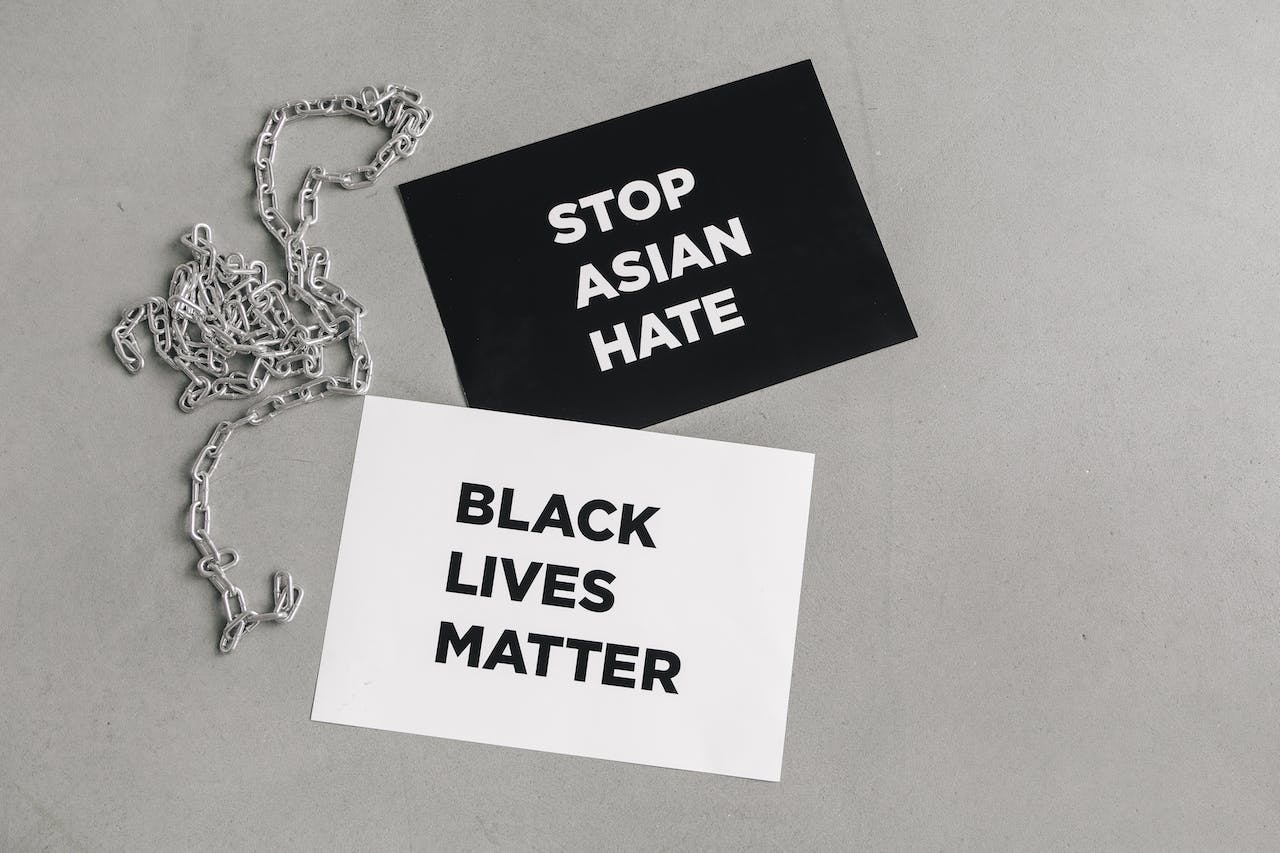The 2000s were a turning point for social movements around the world. This decade brought new technologies like social media and smartphones, which changed how people communicate and organize. These changes were not just about technology; they influenced how we think and act in social movements today. The 2000s saw big global events, from the 9/11 attacks to financial crises, which made people more aware of the world around them. Young people started to play a bigger role in social issues, and the way we see these movements in the media also changed.
Here will explore how the 2000s shaped today’s social movements, looking at the technology, global awareness, youth activism, media representation, and protest strategies of that time and their impact on the present.
Technological Advancements
The Rise of Social Media and Mobile Internet
The 2000s were a revolutionary era for technology, especially with the rise of social media platforms and the widespread use of mobile internet. Before this era, organizing a social movement was more challenging due to limited communication tools. However, the introduction of platforms like Facebook, which launched in 2004, and Twitter, in 2006, changed the game. These platforms allowed people to share information quickly and connect with others who had similar interests or concerns, regardless of their location.
Additionally, the widespread availability of mobile internet meant people could stay informed and engaged with social issues anytime and anywhere. This era saw a significant increase in internet usage worldwide. According to Internet World Stats, internet users grew from about 361 million in 2000 to over 1.5 billion by the end of the decade. This growth in digital connectivity made it easier for social movements to spread their message, gather support, and organize events.
Early Examples of Tech-Driven Social Movements
In the mid to late 2000s, we began to see how these technological tools could empower social movements. For example, the 2009 Green Movement in Iran showcased the power of social media. Despite government attempts to control traditional media, protestors used platforms like Twitter and Facebook to organize demonstrations and share information with the world. This was one of the first instances where social media played a critical role in a major social movement, setting a precedent for future movements.
These technological advancements didn’t just make organizing easier; they also democratized the process of movement building. People who previously had no platform to voice their concerns could now reach a global audience. This shift marked the beginning of a new era in social activism, characterized by increased participation, faster dissemination of information, and greater potential for global solidarity.
Cultural Shifts in the 2000s Influencing Social Movements
Impact of Global Events on Public Consciousness
The 2000s were defined by several pivotal global events that profoundly impacted public consciousness and spurred social movements. The aftermath of the 9/11 attacks in 2001 dramatically shifted global perspectives on security, freedom, and human rights, igniting discussions and activism around these themes. Additionally, the growing awareness and visibility of climate change, underscored by scientific reports and visible environmental disasters, played a crucial role in mobilizing the environmental movement worldwide.
Rise of Youth Activism
This era also witnessed a significant rise in youth activism, marking a transformative shift in social movements. Young people, energized and mobilized by the unique challenges and opportunities of the time, became increasingly active in various causes. The 2000s set the stage for youth-led movements, which would later manifest in influential campaigns for gun control, climate action, and social justice, highlighting the lasting impact of this era on youth engagement in activism.
Media’s Role in Shaping Public Opinion
The role of media during the 2000s, both traditional and emerging digital platforms, was pivotal in shaping public opinion and awareness regarding social issues. Media outlets played a critical role in exposing scandals, injustices, and corporate malpractices, often serving as the catalyst for public outrage and mobilization. This period highlighted the power of media in influencing and directing the course of social movements, setting a trend that continues in today’s digital age.
Political and Economic Landscapes of the 2000s
Key Political Events and Policies
The 2000s were marked by significant political events and policies that had far-reaching impacts on social movements. This era witnessed the effects of globalization, the war on terror, and shifts in political ideologies across the globe. In the United States, policies enacted in response to the 9/11 attacks, such as the Patriot Act, sparked debates over privacy and civil liberties. In Europe and other regions, political shifts influenced immigration policies and economic strategies, which in turn affected social movements.
Economic Factors: Global Recession and Public Sentiment
The late 2000s global recession, triggered by the 2008 financial crisis, had a profound impact on public sentiment worldwide. It led to increased scrutiny of economic policies and financial institutions, fueling movements that called for greater economic equality and accountability. The recession resulted in widespread unemployment and economic hardship, which were catalysts for social unrest and movements demanding change in government policies and economic systems.
Role of International Organizations and Treaties
During this period, the role of international organizations and treaties became more prominent in shaping global policies. Movements focused on issues like climate change, human rights, and trade agreements often targeted these international entities, demanding global action and accountability. The influence of these organizations in the 2000s set a precedent for how modern movements approach and address global issues.
Evolution of Social Movements from the 2000s to Present
Comparing 2000s Movements with Current Ones
The evolution of social movements from the 2000s to the present can be observed through a comparative lens. Movements like Black Lives Matter and #MeToo, which gained prominence in the late 2010s, can trace their roots to the foundational shifts of the 2000s. These modern movements have benefited from the technological and cultural groundwork laid in the earlier decade, utilizing digital platforms for mobilization and awareness at a scale unprecedented in the 2000s. Additionally, the focus of these movements on inclusivity marks a progression from the more singularly focused campaigns of the early 2000s.
Role of Leadership and Organization in Modern Movements
Modern social movements have also seen a shift in terms of leadership and organizational structures. Unlike the more hierarchical and centralized leadership models of the past, recent movements tend to be more decentralized and community-driven. This shift reflects a broader trend towards grassroots organization, which allows for greater flexibility and inclusivity in movement dynamics.
Ongoing Impact of the 2000s’ Movements
The social movements of the 2000s have left an indelible mark on current strategies and goals. These movements set the stage for global activism, highlighting issues like economic inequality, environmental crisis, and human rights. The legacy of the 2000s is evident in the way current movements approach global interconnectedness, leverage technology, and respond to cultural and political contexts.
Challenges and Criticisms of Social Movements Originating in the 2000s
Facing Challenges
The social and art movements that emerged or gained momentum in the 2000s faced numerous challenges, some of which persist in today’s activism landscape. These include issues like sustaining momentum over time, dealing with governmental and institutional resistance, and navigating internal conflicts within movements. Additionally, the reliance on digital platforms brought its own set of challenges, such as misinformation, digital surveillance, and the difficulty of translating online activism into real-world change.
Addressing Criticisms
Alongside these challenges, these movements have also faced criticisms regarding their effectiveness and direction. Critics have pointed out potential shortcomings in achieving long-term legislative or systemic change. There have been debates over the inclusivity and representation within these movements, with some arguing that they do not adequately address the needs or voices of all stakeholders. Furthermore, the rise of ‘slacktivism’ – a term used to describe minimal-effort, low-impact online activism – has been a point of contention, raising questions about the depth and impact of digital-age activism.
Final Words
The advancements in technology, significant cultural shifts, and the evolving political landscape of the 2000s have collectively shaped the strategies, methods, and objectives of modern activism. While the tools and platforms have evolved, the core essence of seeking change and challenging norms remains a consistent thread connecting past and present movements.
The 2000s were not just a decade of change but also a launching pad for the dynamic and multifaceted social movements of today. This era’s impact on social activism is a testament to the continuous evolution of how we as a society engage with and address the pressing issues of our times.
Explore the impact of the 2000s on contemporary social movements. For insights into the influential indie films of that era, don’t miss our article on What Were the Most Influential Indie Films of the 2000s?




